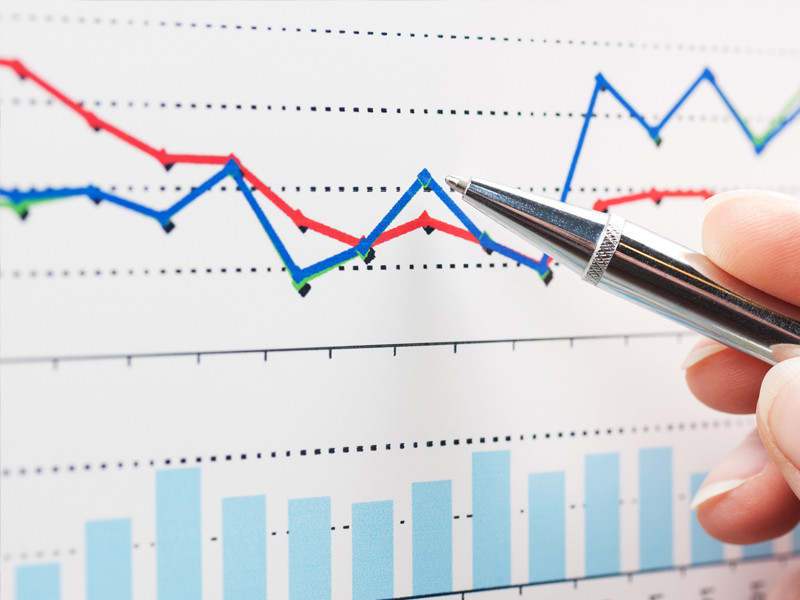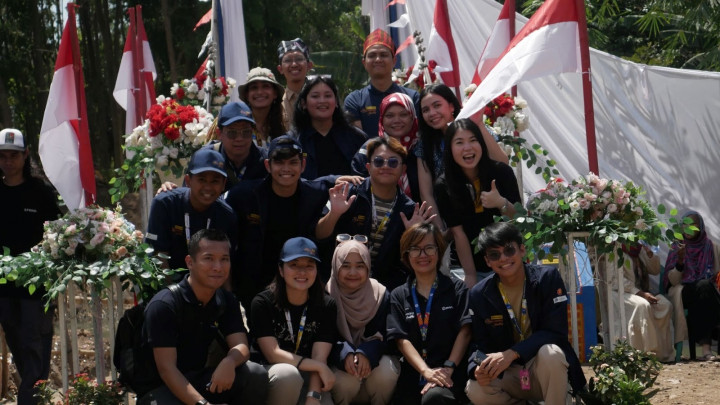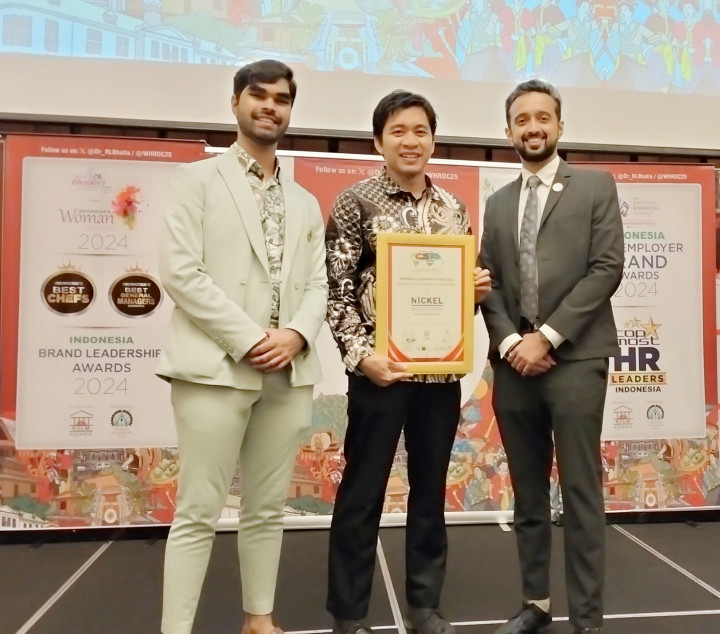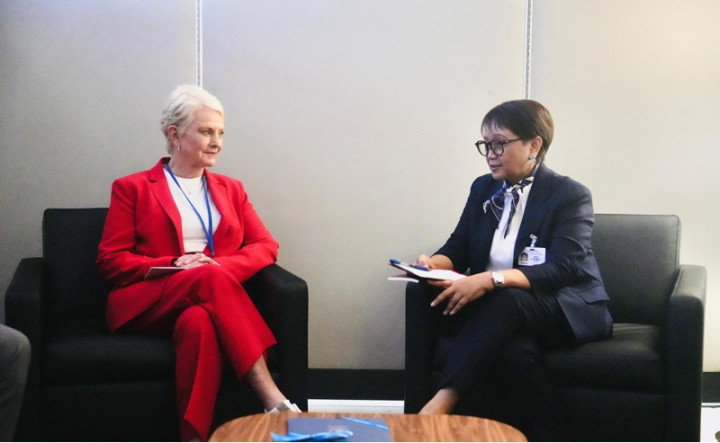Moscow: Following a strong economic rebound in 2021, with 4.3 percent growth, Russia’s growth is expected to slow in 2022 and 2023, with a forecast of 2.4 percent and 1.8 percent growth, respectively, according to the World Bank’s latest Regular Economic Report for Russia.
The Russian economy has now recovered to above its pre-pandemic peak, with growth driven by a strong rebound in consumer demand.
In 2022, growth will be supported by continued strength in commodity markets, but will likely also be hampered by COVID-19 control measures and tighter interest rates.
Household consumption in the second quarter increased to more than 9 percent on the previous quarter (seasonally adjusted), showing the fastest rate of growth in a decade. Labor markets also saw a substantial upswing, with unemployment falling to a four-year low and real wages growing.
Russia’s current account surplus has also been exceptionally strong, on the back of high commodity prices and low levels of outbound tourism.
The federal budget has been consolidated, led by a strong growth in revenue, and is on track to meet the authorities’ target of meeting the fiscal rule next year.
"This surge in spending resulted from the release of pent-up demand created by pandemic restrictions," said David Knight, World Bank's Lead Economist and Program Leader, in a press release on Wednesday.
"It was aided by increased credit, Russian tourists staying at home for the holidays this year, and resource inflows via the energy sector," Knight added.
The report assesses the short-term risks weighing on Russia’s growth and finds that low vaccination rates are necessitating stricter COVID-19 control measures that may reduce economic activity, while more persistent inflation will likely call for tighter interest rates for a longer period, limiting the growth outlook.
The report also analyzes how Russia could be impacted by global economic growth under three different green transition scenarios, and suggests that domestic climate action can help mitigate some of the possible impacts of a global green transition and create new opportunities for Russia.
The country’s new low-carbon development strategy, which aims for a 70 percent reduction in net emissions by 2050 and net carbon neutrality by 2060, will become an important first step for Russia. A focus on enabling the transition to a more diversified and faster growing economy will call for strengthening of a broad range of assets including human capital, knowledge, and world-class market institutions.
To accomplish these goals, the report recommends the implementation of carbon pricing and the consolidation of energy subsidies for consumers in the European country. At the same time, measures should be taken to ensure people are protected from the costs and any adverse impacts of the transition.
The report estimates that consumer energy subsidies on electricity, gas and petroleum in Russia amounted to 1.4 percent of the country’s GDP in 2019. By redeploying these resources, the authorities could increase GDP and ensure that no consumers are left worse off. At the same time, this would help reduce greenhouse gas emissions and move Russia closer to its goal of a green and sustainable economy.
Cek Berita dan Artikel yang lain di Google News
FOLLOW US
Ikuti media sosial medcom.id dan dapatkan berbagai keuntungan



















